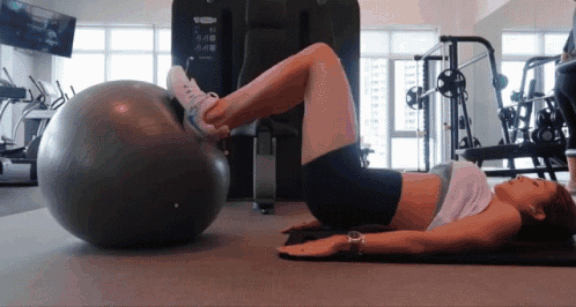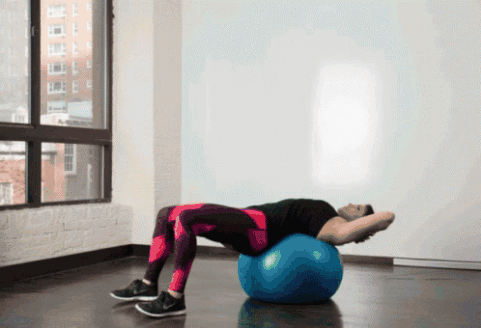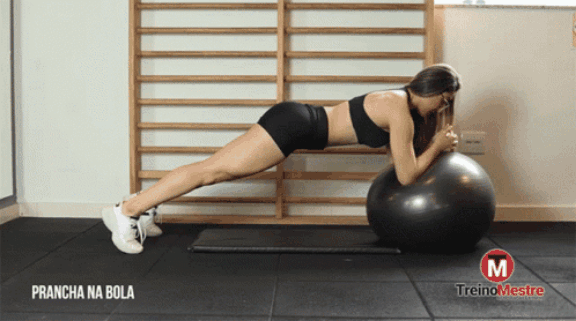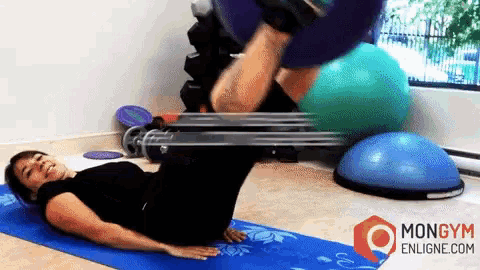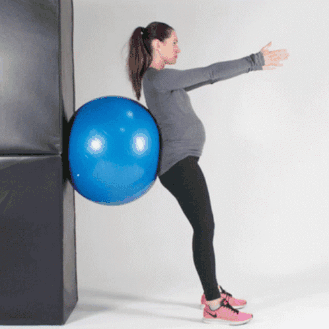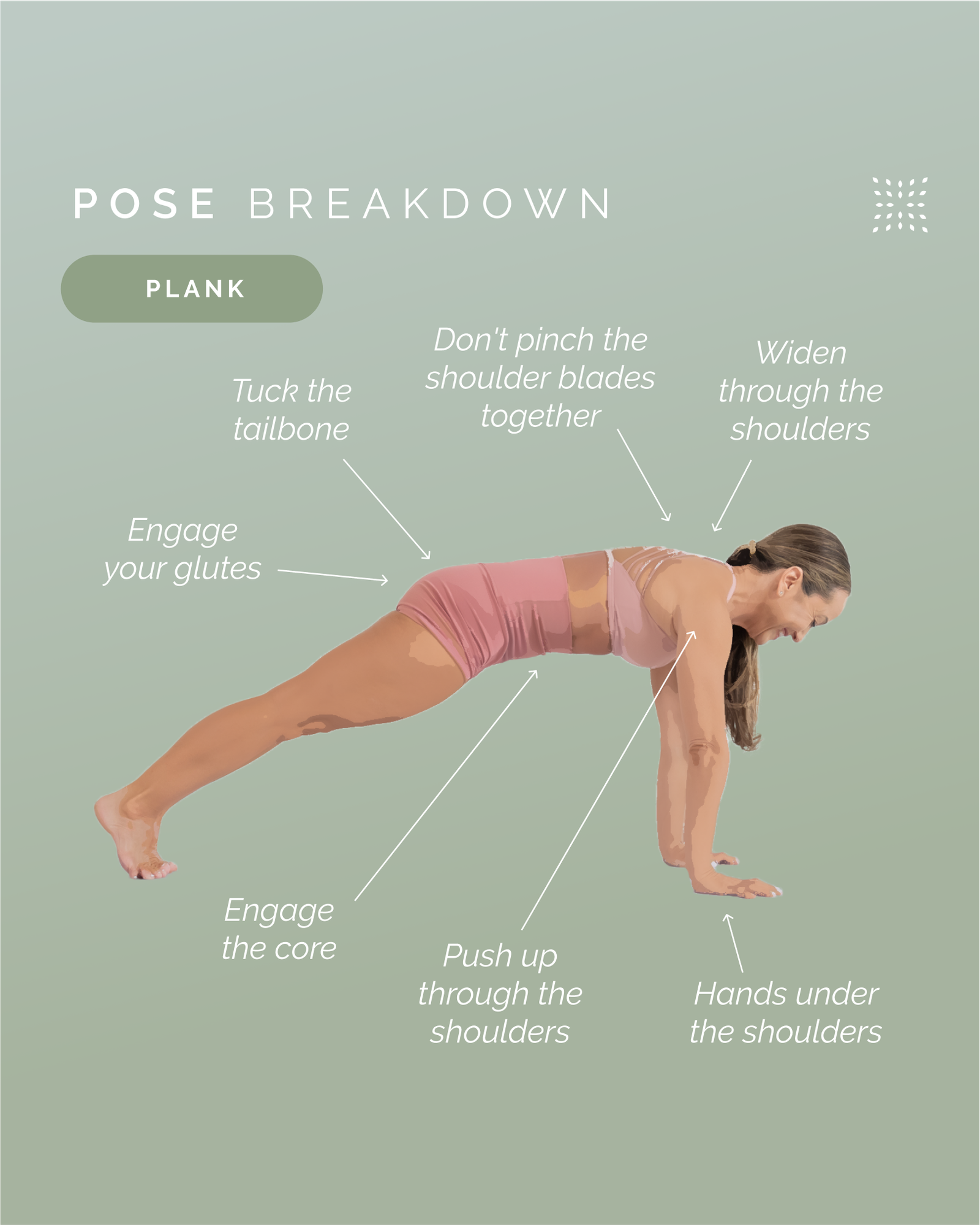Core Introduction
Few fitness-related ideas are more foundational than the concept of a strong core. Whether you are an athlete attempting to maximize your performance from your body, a general fitness enthusiast seeking to enhance your overall sense of wellness, or a regular individual seeking better posture and a lower chance of harm, beginning your physical practice with a powerful foundation is critical. I discuss the yoga ball mat drills in this entry. I describe 20 drills and exercises that might help you construct a more substantial, supporting, and robust core.
Understanding Core Strength Yoga Ball Exercises:
Before I plunge into some yoga ball exercises, let me ask you this: What is core strength? While the core is often used to define the abdominal muscles since that is the main part we see most everyone works on, the core comprises several muscles. They work in concert to stabilize and support your vertebral column and pelvis, hence providing the foundation for function and activity. From the superficial muscles of the transverse abdominis and multifidus to the rectus abdominis and obliques, they are all responsible for holding you straight up and maintaining good posture and correct alignment.
Why Yoga Ball Exercises?
There is a reason core exercises like crunches and planks are so popular! But using our good friend, the yoga ball, adds a layer of instability that your core must work to restore balance and control. The extra work not only strengthens your core; it also aids in your proprioception not falling over and coordinated functional fitness. Because they are gentle and uncomplicated variations, all these ball exercises are suitable for all skill levels.
Selecting the Right Yoga Ball:
Before you begin to determine the right yoga ball, it is necessary for your core strength. Select the correct size depending on your height to ensure that this equipment will bring you comfort and ensure the maximum effect of your movement. Next, consider evaluating several QA attributes, such as the material and the ball’s durability and weight capacity overall. Finally, you should familiarize yourself with the safety-related aspects, especially the ball’s inflation and operation instructions, to prevent possible risks while exercising.
Basic Yoga Ball Exercises:
Ball Rollouts: You require a ball. Plank pose with the ball under your palm, and place your feet on the floor. Push the ball away, stretching your hand, then pull it back.

Image Credit:beachbodyondemand.com
Planks: ball. Low plank with the ball under the forearms. Make your body a line. Strengthens core rigor since it also involves others.
Bridge: where one lies down on their back with the yoga ball under your feet and arms on the ground and lift your hips from your butt as you straighten your body until your knees are straight. The target muscles are the gluts, lower back, and legs, which are used as the core to maintain your shape stably.
Russian Twists:The others include Russian Twist, where one sits on the ball with feet on the ground while twisting their body in a spiral, holding a weight in each hand, or just clasping hands. It targets the internal and external obliques, improving rotational strength and flexibility.
Crunches: one should perform a crunch by lying down on one’s back with feet over the yoga ball, raising the torso off the ground, and then back down using hands behind the head. It targets rectus abdomens while adding some instability to make it more challenging.
Intermediate Yoga Ball Exercises:
Pike: Begin in a plank position, with your feet atop the yoga ball. While your legs are locked, bring your hips up to the ceiling while rolling the ball toward your hands.
Pike is an intense workout that works your core, shoulders, and hip flexors while also increasing flexibility and mobility.
Leg Lifts: With the previous points in mind, you can run such a ball. Lie supine with one leg straight and a yoga ball between your feet. Raise your legs into the air with your knees straight. Lower them to the ground without touching them.
In addition to the lower ab and hip flexors targeting high volume leg lifts, it helps achieve strength and stability in the lower body.
Superman: Run or kneel to the gym ball. Your core should be tight. Bend over and put your fingers on it while relaxing your hands. 2. Now, expand your fingers and extend your leg so that your fingertips touch your feet to make a straight line with your back. 3. Your back, glutes, and hamstrings would work. Your core is constantly on.
Side Plank with Ball: A side plank is a variation of a plank anchored to a ball. Start in a plank position in a two-footed position. Keep your body straight from head to heels throughout the exercise.
Image Credit – womenshealthmag.com
Place both forearms anchored to the yoga ball. Alternates holding the plank on each side for 30 seconds. It emphasizes the obliques or lateral core; Side Planks develop lateral stability and core strength.
Mountain Climbers: 10-Count. Place both hands on the yoga ball. A set of 15 counts of each leg. Mountain Climbers will not only challenge your core but also provide a cardiovascular challenge. This exercise targets your shoulder girdles and core, and the hip flexors are the prime mover.
Advanced Yoga Ball Exercises:
Knee tucks: How-tos: while in a plank position and your feet on a yoga ball, use your feet to roll the ball closer to your hands and then pull the ball to your chest using your core. It benefits core engagement more than just going up to the hip, as it increases balance and stability.
Gif Credit: greatist.com
Pike with ball pass: How-tos: In a plank, position the ball under your feet and put weight in your hands. Hip your hips off the floor to pass the weight to the ball on the floor.
Benefits more core tension and activity, multiple body-parts body parts working together, and a stable upper back.
Wall squats with a ball: With your back on the wall and the yoga ball just above the sacrum, go down in a squat while your knees are in alignment with the toes from the lower back to the starting position.
Benefits: quads and glutes activation, and the added pressure of the ball to the back improves muscle use for great stability.
Yoga Ball Push-Ups: Enter a plank position on your hands while keeping your legs on the floor and your hands on the yoga ball. Lower your chest towards the gym ball before reversing the movement and pushing you back into a starting posture. There was no need for punches.
Benefits: It is a different version of the regular upper-body push-up and improves core strength on unstable surfaces.
Image Credit-omstars.com
Plank with leg lift: Start a forearm plank with the yoga ball. Raise your leg, extending it behind you while maintaining the forearm plank posture.
Benefits: The hip balance provides glute endurance and hamstring strength, while the core scapular stabilizing occurs.
Tips for Safe and Effective Practice Yoga Ball Exercises:
With the previous points in mind, you can run such a ball safely and efficiently without any risk and keep it minimal. First, ensure you have fully activated your muscles and joints before performing the yoga ball exercises.
Warming zero before using one makes you susceptible to injury and limited function mobility. Secondly, try as much as possible to maintain good shape while working out to avoid injury. Don’t forget about the correct posture and core engagement. Thirdly, be attentive to your body. Finally, if some position feels unnatural or hurt, stop, but try again through the fitness professional modification.



